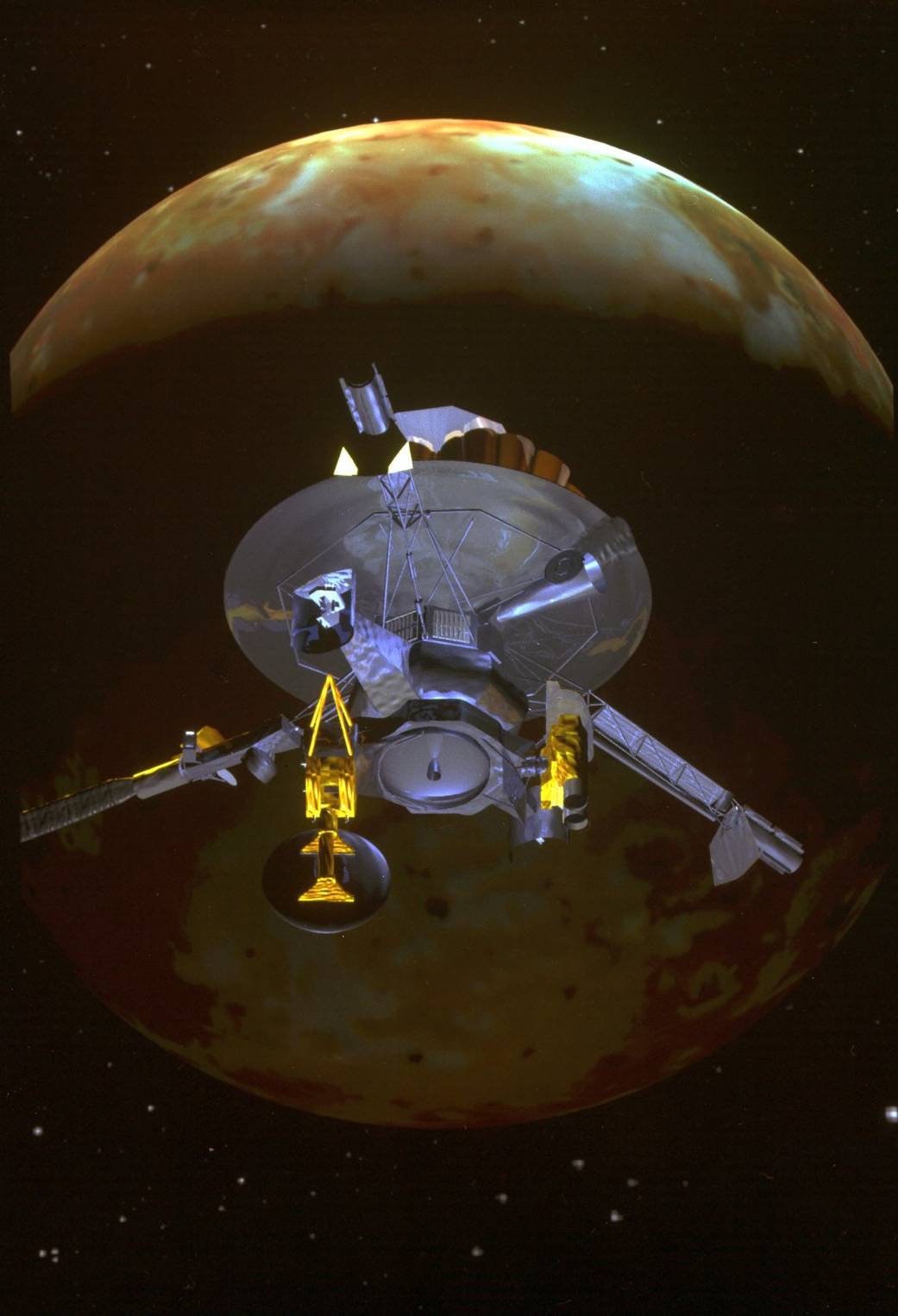
Galileo reached Jupiter and released its probe into Jupiter’s atmosphere. Earlier in the mission, Galileo’s high gain antenna (X-band) which was designed to gather all the science data as it approached Jupiter, failed to deploy. Galileo’s low gain antenna (S-band) had to be used for the duration of the mission. The downlink data from Jupiter would have been over 100,000 bits/second, but the low gain antenna could only provide 10 bits/second. The team at the Deep Space Network scrambled to come up with some ideas to increase the downlink rate. Antenna arraying of the 70 meter and 34 meter antennas at Canberra, Australia, the 70 meter in Goldstone, California, and the 64 meter antenna at Parkes Observatory in Australia was one of the items the team tried. Other items the team did to enable the mission included: data compression added, packetized telemetry added (similar to compressing images on your computer), modulation changed from residual to suppressed carrier, better error correcting codes added, and optimized X-band receiver added to the 70 meter in Canberra. All of these items combined resulted in an effective data rate of 1 to 2 kilobits/second – a big improvement of what would have been the 10 bits/second. As the probe fell into the atmosphere, it collected fifty-eight minutes of data on the planet’s weather.


























